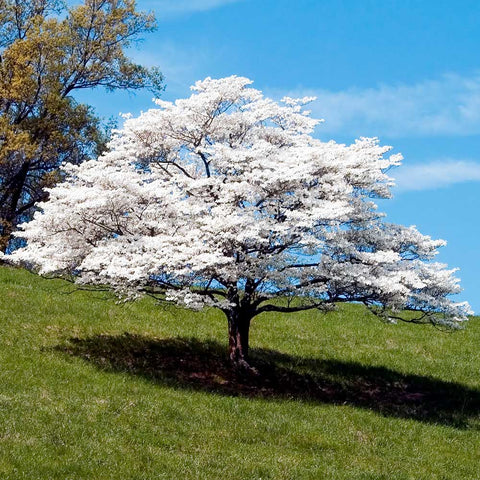Learning how to grow a vegetable garden is one of the most important things you should know. We are living in hard times, and when the economy suffers, people turn to the one thing that's most important, growing food. Growing your tomatoes, onions, lettuce, corn, and cucumbers can be a wonderful experience and will save you some money in the long run. Your vegetable garden also helps you be more self-sufficient, and fresh homegrown food tastes the best! Also, by growing your GMO/GMO-free vegetables, you can ensure that you and your family consume safe and healthy food.
Foods containing genetically modified organisms (GMO) and genetically engineered organisms (GEO) have had their genetic material altered. There have been many conflicting reports from a plethora of sources that have raised concerns about vegetable seeds that have been genetically modified. Many Americans have expressed concerns about GMO and GEO foods and the unannounced frequency with which they appear in grocery stores nationwide. This has inspired many people today to start growing all-natural vegetables free of GMO/GEO materials. Learning how to grow a vegetable garden is becoming more vital as time passes.
How to Grow a Vegetable Garden of Your Own
The first step you need to take to start a garden is simple, buy some seeds. Some primary vegetable varieties are simple to grow and provide the best yields for people who want to start a simple home vegetable garden. Vegetables such as tomatoes, onions, lettuce, cucumbers, and even corn are easy to grow; ask your local garden center if their seeds are all-natural. If you want to start with something other than seeds, you can buy young plants instead.

After choosing your plants or all-natural seeds, you must determine how much land you will dedicate to growing your vegetable garden. For a large family, using a 20 x 20-foot area to grow your vegetables is ideal, but you can start with a little. Even a 6 x 6-foot area can be enough to grow a decent amount of vegetables. If you're city folk, using pots to grow your vegetables works just as well. Granted, you will need quite a few pots and an area to place them that gets a healthy amount of sunlight.
Fortunately, vegetables such as tomatoes, onions, lettuce, cucumbers, and even corn are easy to grow and require minimum maintenance other than pulling weeds when they appear. If you're planting your vegetable seeds or plants in the ground, space them at least 4-6 inches apart. Conventional single-row planting is a reliable way to arrange your plants, ensuring that they get the proper amount of water and make sure that they have a nice raised bed to sit in, roughly three inches or more. The best way to truly learn how to grow a vegetable garden is by getting your hands dirty; trial and error will give you the skills necessary to grow your natural food and make you more self-sufficient.




